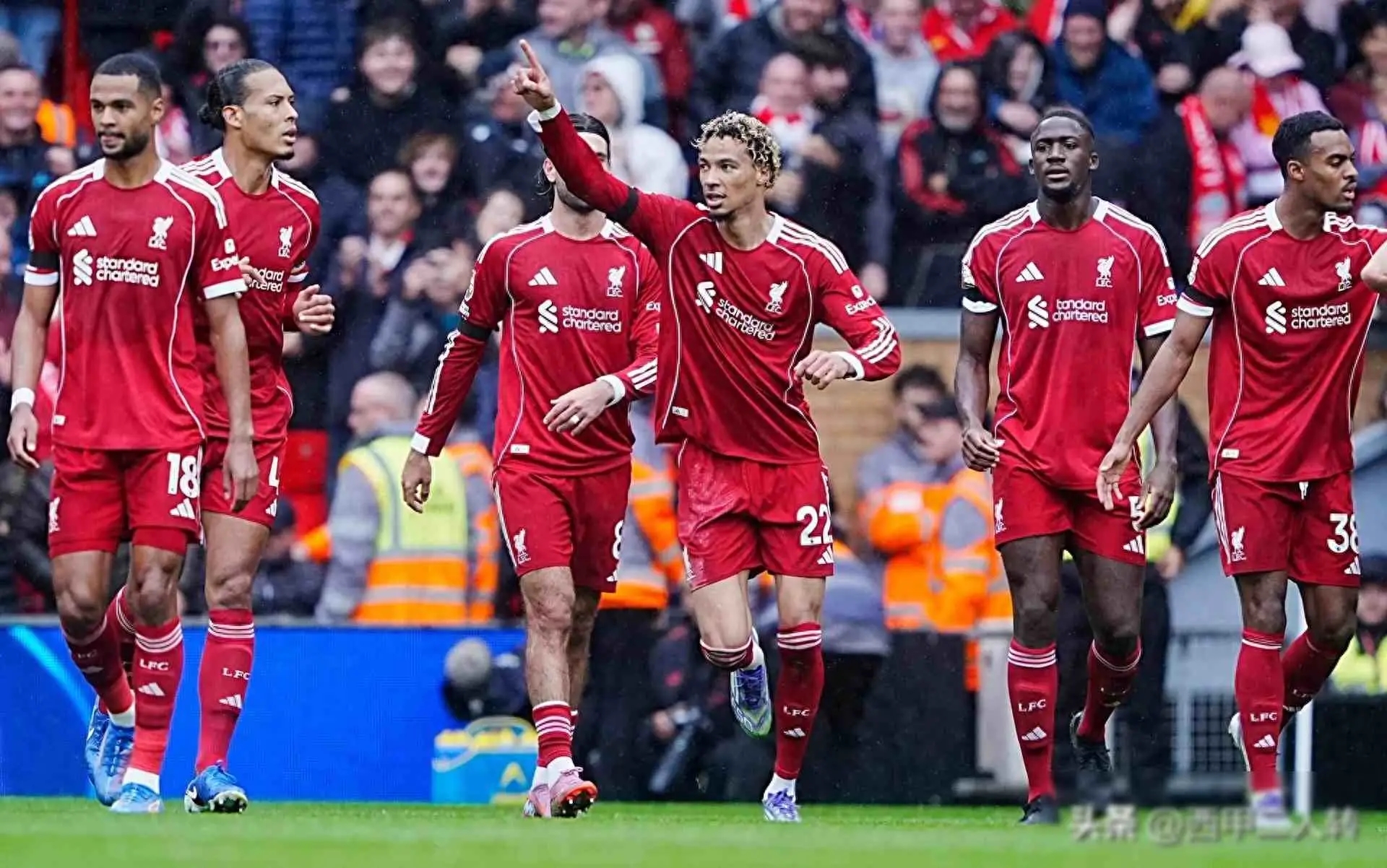
The recent high-profile Merseyside Derby between Liverpool and Everton sparked widespread discussion—not for the result, but for an unexpected starting lineup. As viewers scanned the screen for familiar faces, they were met instead with a lineup dominated by foreign names. Brazilian goalkeeper Alisson guarded the net, while the defense featured players from the Netherlands, France, and Hungary. The midfield shimmered with talent from Argentina and Hungary, and the forward line boasted attacking stars from Egypt and France.
This is not an isolated case, but rather a reflection of a broader trend in the Premier League. Foreign players now form the backbone of almost every squad, while homegrown English talent is increasingly scarce.
The Data Behind the Decline of Homegrown Players
To better understand this phenomenon, data reveals that the average Premier League starting XI includes only two to three English players per match. Some clubs even struggle to field a single homegrown player. Notably, teams such as Wolves, Sunderland, and Liverpool average fewer than 0.3 English starters per match.
Yet, not all clubs follow this trend. Everton and Newcastle United, for example, continue to prioritize domestic talent. Everton, in particular, fields an average of six to seven English players per game—a figure that offers some reassurance to those concerned about the development of homegrown football in England.
A Footballing Kingdom at Risk: Implications for the National Team
Looking at Europe’s top clubs—Bayern Munich, Paris Saint-Germain, Barcelona—domestic players generally enjoy more playing time than their English counterparts. These nations’ international successes may well be linked to the emphasis they place on cultivating and deploying homegrown talent.
England’s national team manager must surely feel a mix of frustration and concern. In top clubs like Liverpool, Manchester United, and Manchester City, only a handful of domestic players consistently break into the squad. Even exceptions, such as City’s young English goalkeeper, cannot fully bridge the gap. When a talent like Phil Foden is sidelined by injury, the lack of depth among homegrown players becomes painfully evident.
Sentiment vs. Reality: Fans’ Expectations and Club Decisions
Many fans reminisce about the emotional connection fostered by homegrown players, recalling Manchester United’s famed academy graduates who carried the dreams of Red Devils supporters. This “local attachment” has long been an integral part of football culture.
Today, even Liverpool’s homegrown icons, like Trent Alexander-Arnold, face injury setbacks, and memories of Gerrard-style midfield leaders seem distant. Yet in modern football, nationality often takes a backseat. Fans cheer the team first, regardless of a player’s country of origin, as long as victories keep coming.
The Globalization of the Premier League: Opportunity or Threat?
There is no denying that the Premier League has become a truly international competition. From worldwide sponsors to match schedules tailored for global audiences, and post-match media coverage heavily skewed toward foreign outlets, the league’s global strategy is clear. Clubs naturally recruit the best players, regardless of birthplace.
However, as opportunities for homegrown talent shrink and the national team’s pool diminishes, questions arise about the long-term health of England’s footballing “kingdom.” Liverpool’s success, in part, comes at the expense of domestic players’ development—a tension that remains unresolved. While there is no perfect solution, the challenges behind this globalized model deserve serious reflection.

